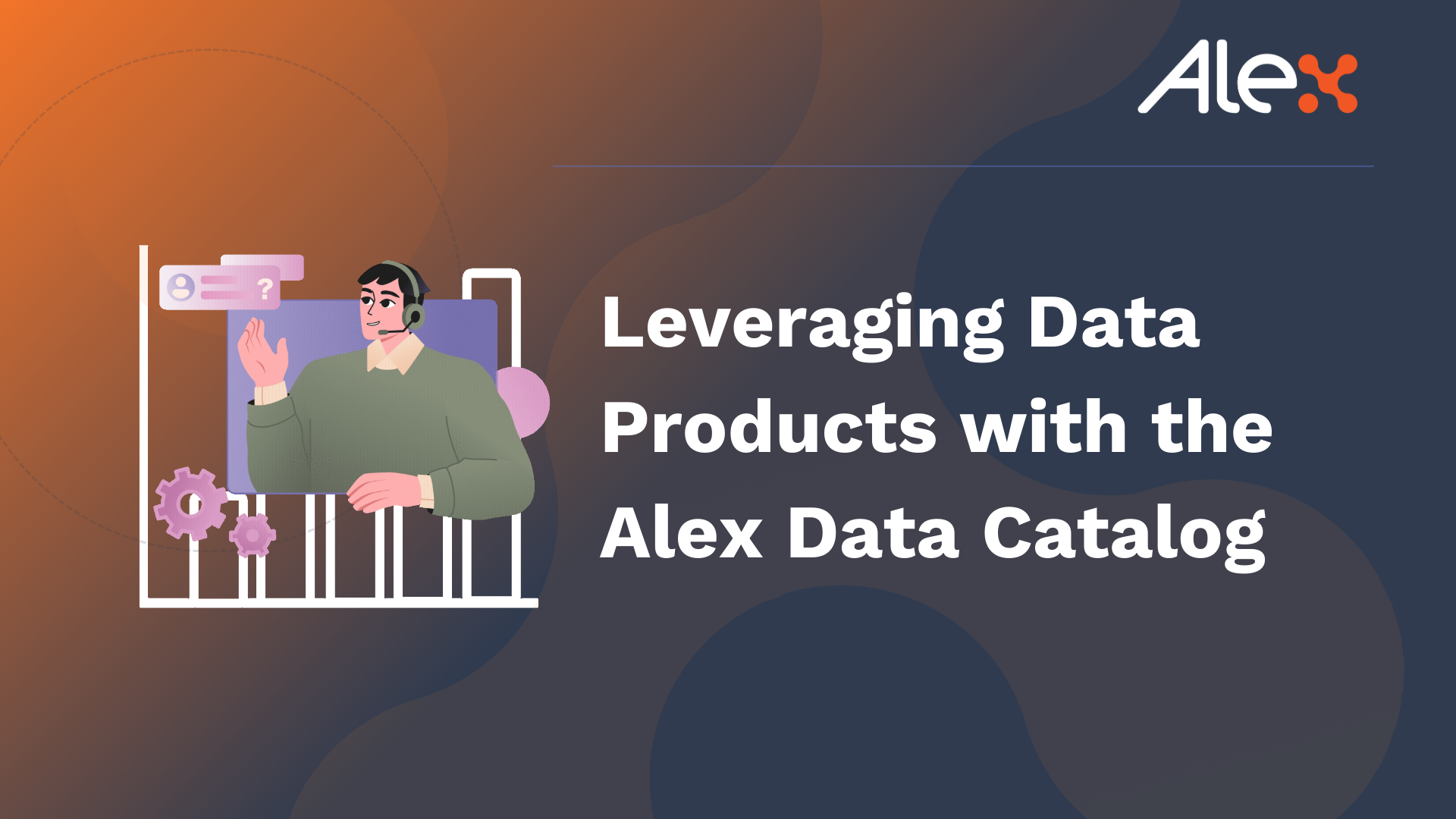In the era of data-driven businesses, managing and leveraging data effectively is crucial for success. However, as data grows exponentially, organizations are struggling to manage and maintain data while ensuring its accessibility and security. This is where an enterprise scale data catalog comes in handy. A data catalog can help organizations keep track of their data assets, understand data lineage, and ensure data governance. But, choosing the right data catalog that meets your organization’s needs can be challenging. In this article, we’ll discuss the key considerations you should make when selecting an enterprise scale data catalog that can scale with your organization’s growth. We’ll also delve into the challenges of managing exponential data growth and how a data catalog can help your organization manage data more efficiently.
Your stakeholders are frustrated.
Your stakeholders are frustrated because they are unable to find the information they need, and even when they do, it’s not user-friendly. They often end up in the wrong place and don’t know where to look for the data. The frustration doesn’t end there for some stakeholders, as data scientists need access to raw big data sets to build machine learning models or develop algorithms, while analysts only require cleaned and prepared versions of the same data sets or subsets. Providing both types of access points is crucial, and failure to do so will result in the loss of valuable insights.
To begin building a data catalog, you must first identify the available data sources and their contents. This may require some detective work, such as searching for documentation related to each business area or previous projects. You must also determine what pieces of information should be included in the enterprise-scale data catalog and how much metadata should be included for each entry.
However, building a single tool that meets the needs of all stakeholders is challenging and requires significant resources and time, which may not be available. Even if such a tool were developed, it would likely be complicated and only usable by data scientists.
How do they find things that are relevant, trustworthy and useful?
Data catalogs serve as an essential tool to help individuals find relevant, trustworthy, and useful data quickly. They make accessing and sharing data more manageable, enabling businesses to use information about customer preferences when determining which products to stock in their retail stores. The catalog provides an overview of the available data sources, including their location on servers within the network or with third-party providers such as Amazon Web Services or Google Cloud Platform, and the cost of storing the data. It also indicates whether additional licenses are required from vendors such as SAS Institute Inc., and whether others have used the same data sets, which may already contain correlations between customer behavior patterns. With a data catalog, companies can optimize their use of data and leverage its insights more efficiently.
The first step in the data catalog process is to discover your data.
The first step in the data catalog process involves discovering your data assets. Data discovery entails locating all of your company’s structured and unstructured data, including the associated application-specific metadata, business rules, and policies, and identifying the relationships between them. Automating this process is crucial to ensure that important information is not missed during future iterations of the project. A team that understands how to govern and automate the process can ensure that governance purposes, such as business rules, are prioritized over technical details.
Data catalogs are valuable for business intelligence (BI) applications that allow users to access and analyze large amounts of data. A data catalog serves as the central repository for all of your enterprise’s data-related information, including metadata about each dataset, which business users can use to search for relevant information. It is also beneficial for developers who want to build applications based on specific datasets or data types. By providing a single source of truth for enterprise-scale data, data catalogs eliminate the need for users to search multiple sites for information.
After discovering data assets, the next step is to understand the data. Data understanding involves extracting metadata from your data and using it to create catalogs and APIs that provide context for each data asset. Building a model of how all your data assets are related is crucial for providing context, which helps users locate data quickly.
To achieve true enterprise scale in data catalogs, it is important to have automation and governance in place.
The Alex Solutions augmented data catalog is a great example of this. It automatically detects and profiles millions of data assets, systems and applications. This is done by using machine learning and natural language processing to understand the data within those assets. The catalog then automatically applies governance rules to each asset to ensure that it is accurately classified and can be easily found by business users.
Additionally, the Alex Solutions augmented data catalog is designed to be easily integrated with existing systems and applications. This means that it can automatically discover new data assets and add them to the catalog without any manual intervention. This helps to ensure that the catalog is always up-to-date and contains the most accurate and relevant information for users.
Overall, the combination of automation and governance in the Alex Solutions augmented data catalog makes it a powerful tool for businesses. It provides a unified view of all enterprise data, ensures consistency and accuracy, and makes it easy for business users to find the information they need to make better decisions.
Automation is key to achieving true enterprise scale in data catalogs.
Automation is crucial for making data catalogs more scalable, and Alex Solutions is a leading provider of augmented data catalog technology. Their platform features advanced automation capabilities, including the ability to automatically detect and profile millions of data assets, systems, and applications. This allows organizations to rapidly onboard new data sources and ensure that their data is always up-to-date and accurate. Additionally, Alex Solutions’ data catalog provides centralized control from one place, allowing organizations to manage their entire data ecosystem from a single location. This feature helps to eliminate data silos and ensure that everyone in the organization has access to the same information.
Another key automation feature of the Alex Solutions data catalog is self-service provisioning of new users and roles. This capability enables organizations to quickly and easily add new users to the platform and assign them the appropriate level of access based on their role within the organization. This helps to streamline the onboarding process and ensures that everyone has the access they need to do their job effectively.




